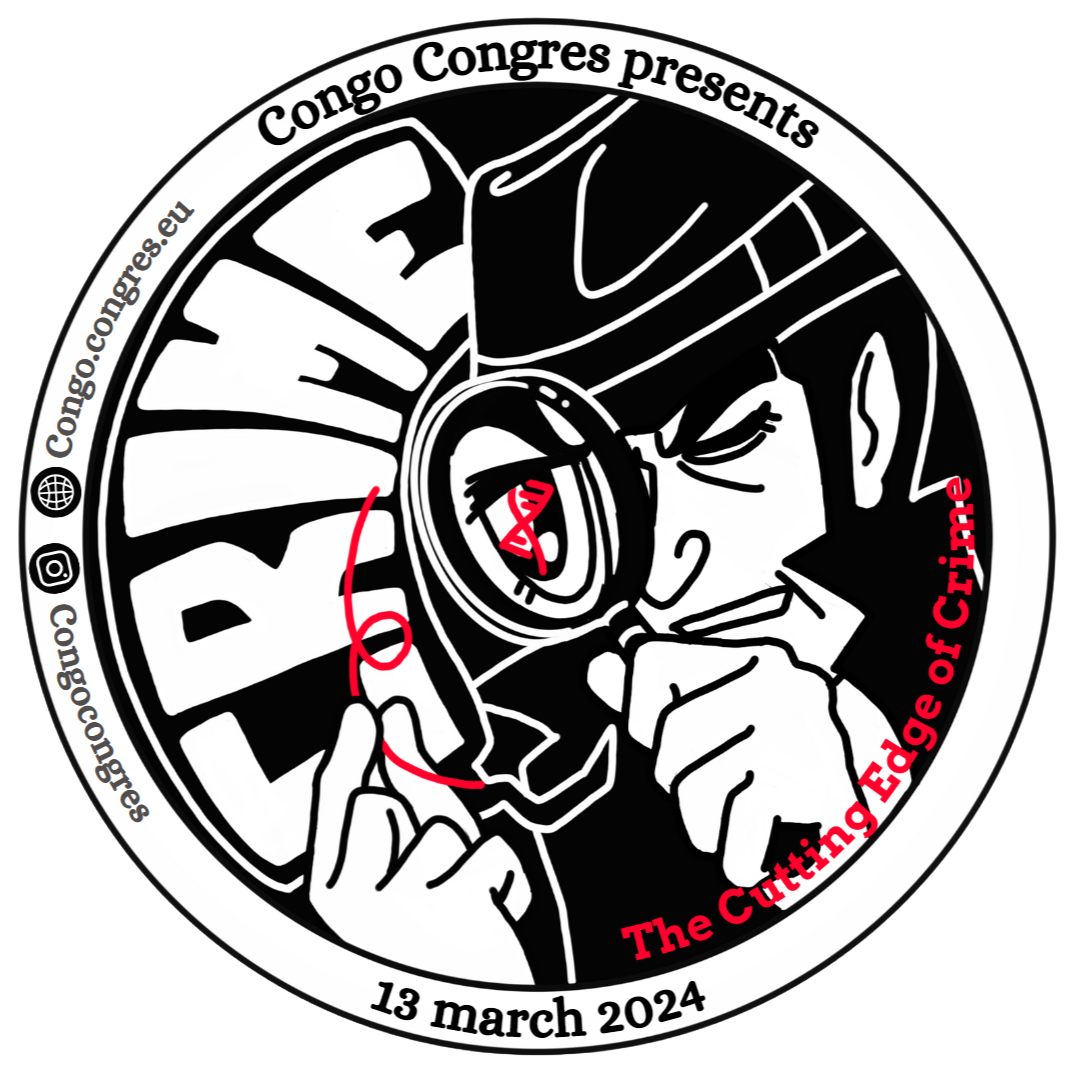
The 18th edition of the CONGres: Crime ‘the cutting edge of crime’ took place on the 13th of march 2024. During this CONGres we delved into the topic Crime from various scientific aspects.
How can the microbiome help as evidence in criminal investigations? And what valuable informtation can insects add to this investigation? What about the perpretrator/culprit: Can they truly have amnesia for a crime?
We have found out the answers to all these questions and more at this edition of the CONGres!
The 2024 CONGres is made possible by study association Congo and the Amsterdam University Fund
Main speakers:
Dr. lr. Frederike Quaak
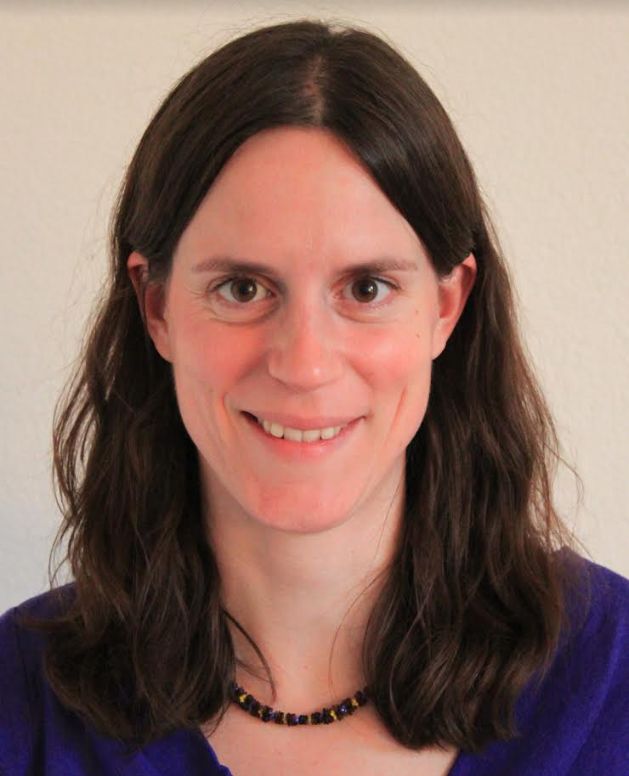
Dr. Ir. Frederike Quaak obtained a MSc degree in Life Science and Technology at the University of Leiden and the Delft University of Technology in 2006. She started her career in forensic science at the Netherlands Forensic Institute as a researcher at the Non-Human Biological Traces group. In 2018 she received her PhD in forensic microbiology at the University of Amsterdam with the thesis entitled “Microbial populations and their potential in forensic investigations”. She is specialized in microbial population analysis, both in soil and the human microbiome, and in interpreting the results in a forensic context in a variety of criminal cases.
Microbial populations as evidence in criminal investigations
Microbial populations are receiving a growing interest from the forensic community. Due to the high abundance of microbes, and their diversity in different habitats, they are an interesting tool to classify samples and perform forensic comparisons. Relevant habitats include different sites of the human body, and environmental habitats such as soil samples. Technological advances in DNA analysis create the opportunity to obtain more information from these complex communities.
In an increasing number of cases, not only the donor of a trace, but also the action which could have led to the deposition of the trace needs to be addressed by forensic experts. The differences between microbial communities in and on the human body can be used to determine the origin of human epithelial cell material. This can be very useful in sexual assault case investigations for example to determine whether contact with the vaginal or the faecal microbiome has occurred. Additionally, when analysing faecal material, linking a trace to a donor based on the microbiome is a possibility. Differences in the composition of the microbial population between individuals enable forensic application of this microbiome. Several case examples will be presented to illustrate the application of human microbiome profiling in casework. Additionally, the application of soil microbial population analysis in regular casework will be illustrated by case examples.
PhD Lena Lutz
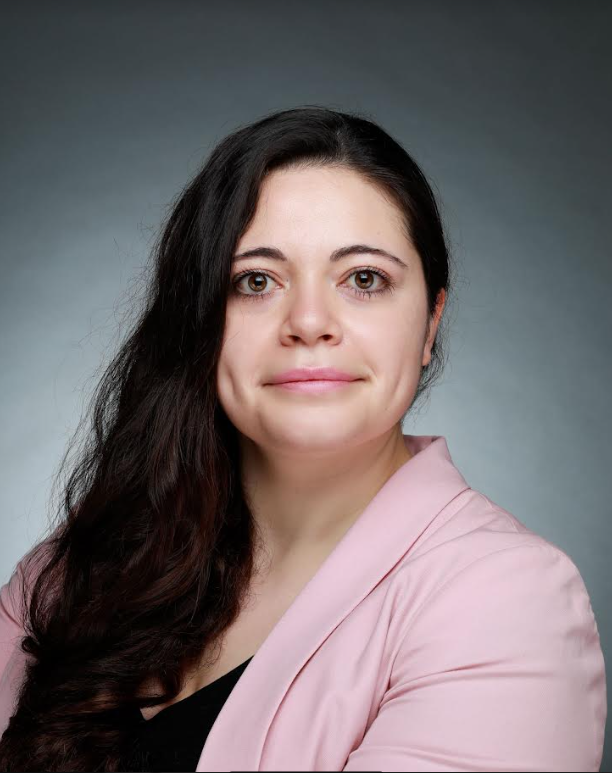
My name is Lena Lutz, 32, and I am currently working in the Institute of Legal Medicine Frankfurt as forensic entomologist. I work in this field since 2014. My job consist both of case work (writing reports for the police) and research in the field of forensic entomology. My major research topics are: the use of temperature in forensic entomological case work, prediction models for the flight and oviposition activity of necrophagous insects, and a cooperation between applied and basic research.
How insects can be used in legal investigations
The use of insects in legal investigations, forensic entomology (FE), is still a fairly young discipline in the forensic sciences. However, since the beginning of the 20th century, it has experienced a resurgence, and FE is now considered as one of the most accurate methods used to establish the time since death in the later postmortem interval. It is more and more recognized and accepted in casework and law enforcement as entomological reports are currently an integral part of court proceedings in many countries worldwide. Next to the main purpose of FE, the estimation of the PMI min, insect evidence can be applied to many more areas and questions, such as giving hints for cadaver relocation or crime scene manipulation, to clarify intoxication of the deceased during life time and to find hints for negligence, i.e. insect infestation prior to the person death.
All these different application areas, the development of new techniques for insect evidence analysis, and the positive development of FE worldwide in the last decades paint the picture of a triumphal procession of this discipline. However, there are also critical voices regarding the accuracy and reliability of insect evidence, particularly in legal investigations. In this context, an important issue to discuss is the relationship between basic research and applied FE. The lecture will take a closer look on the work of a forensic entomologist, presenting new research areas of this specialized discipline, discuss practical problems and give an outlook on the future development of forensic entomology.
Dr. Marko Jelicic

Marko Jelicic is professor of Neuropsychology and Law at Maastricht University in the Netherlands. He studied psychology at the University of Amsterdam and earned his PhD from the Erasmus University in Rotterdam. Before coming to Maastricht, he worked in Glasgow, Toronto, Groningen and Amsterdam. Jelicic has published about crime-related amnesia, stress and the brain, the effect of brain damage on eyewitness memory, suspects with brain disorders and several other topics. He regularly serves as an expert witness for Dutch criminal courts.
Amnesia for a crime? Only in case of brain dysfunction!
About 25% of people who are standing trial for a violent offence state that they cannot remember their crime. There are three scientific explanations for such amnesia. The first one is the organic amnesia explanation, which contends that individuals accused of criminal acts cannot remember their offence because of permanent or temporary brain dysfunction. The second one is the dissociative amnesia explanation, which holds that people who are standing trial have memory loss for their offence because of strong emotions at the time of the crime. The third one is the feigned amnesia explanation, which states that individuals feign memory loss for their offence because they think that crime-related amnesia would be beneficial to their criminal case. In this presentation, I will show that both organic and feigned memory loss for a crime are possible, but dissociative amnesia for an offence is quite unlikely. Furthermore, I will describe methods that forensic psychologists may use to differentiate between true and feigned memory loss for a crime.
Parallel speakers:
Prof. dr. Marjan Sjerps
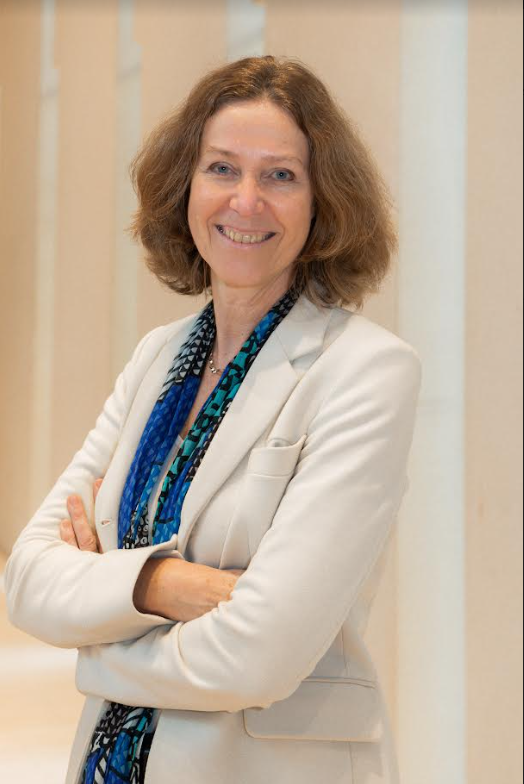
Prof. dr. Marjan Sjerps started working in 1993 at the Netherlands Forensic Institute (NFI) as a statistician, where she became involved in the emerging area of forensic statistics. Her activities include forensic statistics casework, teaching, consultation, and research. She acted as an expert witness in court on several occasions. She was appointed professor by special appointment at the University of Amsterdam in February 2010, which was extended in 2015 and 2020. Her research interests are interpretation, evaluation and reporting of forensic evidence: all aspects of probabilistic reasoning in the forensic process, from gathering evidence up to testifying in court.
The use of Bayesian networks for forensic probabilistic reasoning
“We have a match!” When a forensic expert says something like this in popular crime series about, e.g., DNA traces or pollen comparisons, it is often presented as conclusive evidence that the suspect is guilty and the case is solved. Unfortunately, the reality is not that simple. Forensic features are not necessarily unique, analysis results may vary, errors can be made, and traces may be planted or transferred for innocent reasons unrelated to the crime. Forensic statistics is about evidence interpretation and evaluation: what hypotheses are addressed by which piece of evidence, how strong is each piece of evidence, how do they combine, and what do they tell us about what happened in the case? The probabilistic reasoning that is required to answer these questions is facilitated by the use of Bayesian networks. In this presentation I will introduce this kind of forensic probabilistic reasoning and demonstrate the use of Bayesian networks in practice.
Dr.Thomas Nys
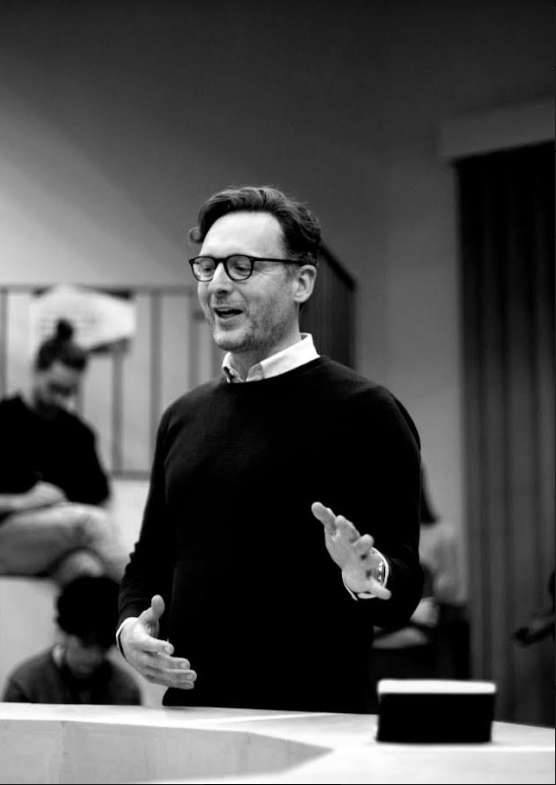
Thomas Nys teaches Ethics and Political Philosophy at the University of Amsterdam. He mainly writes about autonomy and manipulation and recently translated (together with Henri Wijsbek) the book Utilitarianism by John Stuart Mill.
The world, a prison?
In the late nineteenth century, Jeremy Bentham developed a revolutionary prison design that he called the Panopticon. This building would allow for a system detention that would focus less on physical violence and punishment, but rather on peaceful supervision and control. The idea of a “panopticon” became popularized through Michel Foucault’s analysis in his 1975 Surveillir et Punir. According to Foucault, Bentham’s prison would symbolize a far more general transition from a punitive to a disciplinary exercise of power. People would be ‘disciplined’ in school, armies, hospitals, end even in their sexuality and 9-to-5 jobs. Where power was once visible and palpable, it would now go almost unnoticed and be hidden in the structuring and shaping aspects of all kinds of (often liberal) institutions. The panopticon became a metaphor for society in which ‘free citizens’ – people who imagine themselves free – would imperceptibly ‘fall in line’ with the Government or Big Money. We can see Foucault’s analysis repeated in Shoshana Zuboff’s bestseller The Age of Surveillance Capitalism, where our online lives also take on a ‘pan-optical’ character. In this talk, I want to return to Bentham’s radical project in order to see if we can get past Foucault (and Zuboff) as well.
Mr. Richard Gerding
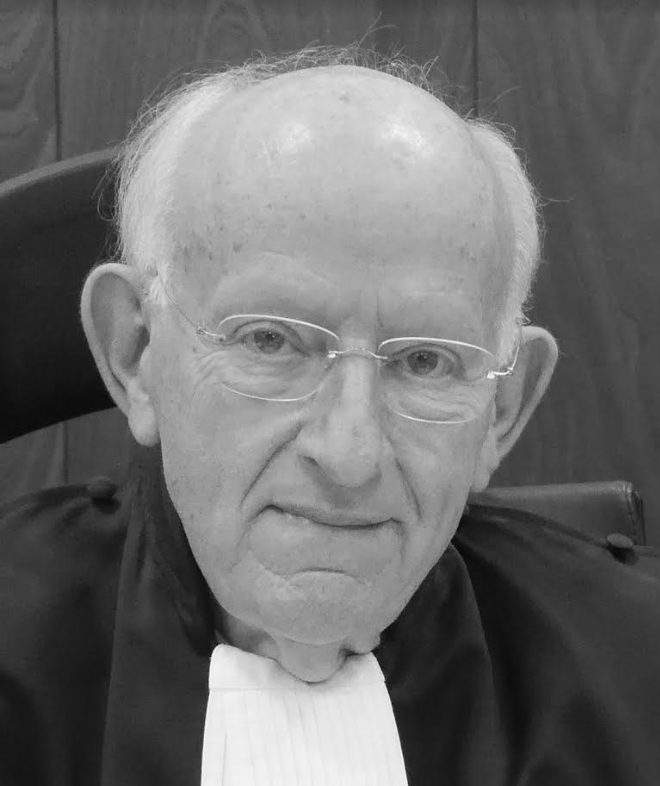
Richard Gerding is senior lecturer at the criminal department in the faculty of law of the University of Amsterdam. Before, he was a high court judge in Amsterdam and public prosecutor in Rotterdam. He published on subjects relating to fraud against the interest of the European Union.
Criminal law science: possibilities and pitfalls
Those who watch the show CSI (Crime Scene Investigation) may get the impression that gathering scientific evidence suffices to solve every possible crime. In real life, solving crimes and finding suspects isn’t that easy. Moreover, if a case is brought to court, the judge must decide whether or not there is enough evidence to convict the suspect. When interpreting scientific evidence, the judge has to rely on experts.
The Netherlands Forensic Institute (NFI), together with the police, plays a very important role in gathering and interpreting forensic evidence. It has experts in almost every field e.g. biology (DNA), toxicology (Drugs) and computer science (breaking the codes of crypto phones). Therefore, the reports of the NFI are widely used in the day-to-day routine of the Netherlands criminal court. At the same time the judge must remain critical in interpreting the evidence that is brought before him. In my lecture I will focus on the question: given the report of the expert, is there enough evidence? I will challenge my audience with concrete real-life examples and invite the students to give their decision as if they were the judge.
